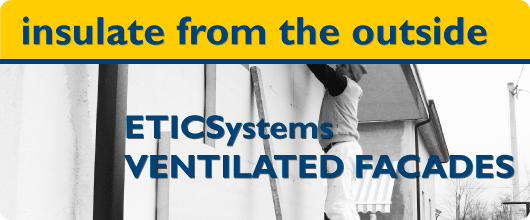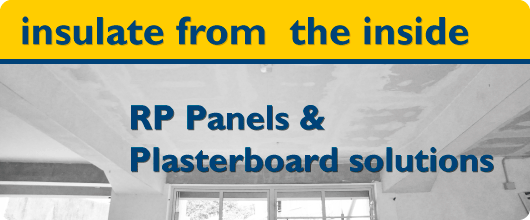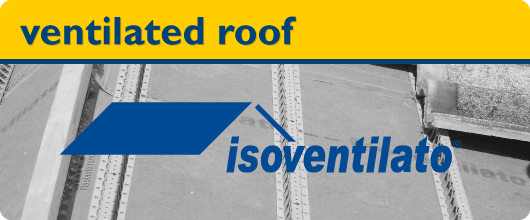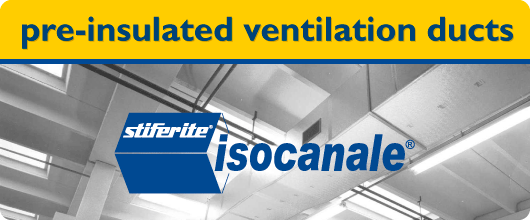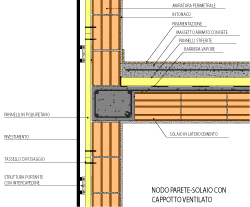
Technical Specifications
- Installation of insulation panel STIFERITE FIRE B using nylon anchors.
- Fixing of the vertical or horizontal structure based on the type of wall covering panel used
- Mounting of the wall covering material
Instructions and Guidelines
Ventilated facades are the most recent and complex mult-layer structural evolution of external wall insulation
The option of using thicker insulation without worrying about tension to the insulation panel’s facer, is an interesting alternative to ETICSystems with plaster rendering finish
Ventilation in the air gap chamber removes a significant amount of heat which reduces the temperature to the thermal insulation panel facer and regulates the temperature to the inside of the wall covering
The thickness of the insulation panel must be carefully considered and calculated based on the actual working conditions
STIFERITE FIRE B is specifically suggested for thermal insulation of ventilated facades (it meets the requirements of the Technical Guide of “Anti fire safety requirements of facades in residential buildings” dated 15/04/2013).
The tables indicate the suggested thickness of Stiferite’s panels based on
- Climate Zones
- Current legislative set limits of thermal transmittance
- And the following composition of the structure:

| Suggested thickness STIFERITE FIRE B |
||
|---|---|---|
| Climate Zone |
DLgs 311/06 |
TAX deduction MD 65% |
| A | 20 mm | 30 mm |
| B | 30 mm | 40 mm |
| C | 50 mm | 60 mm |
| D | 50 mm | 70 mm |
| E | 60 mm | 80 mm |
| F | 60 mm | 80 mm |
Note: For different composition of structures or material, we suggest using the calculation program available online (see: Thermal transmittance and verifications of condensation with Glaser method)


